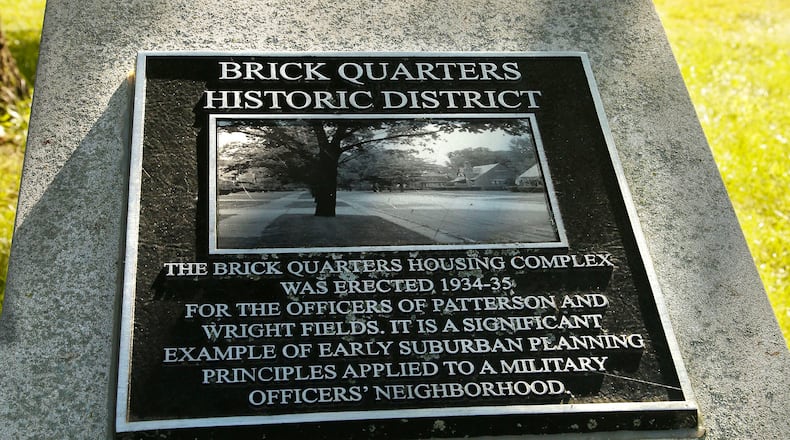“They are high. They are higher than what you would expect to spend in a recap (remodeling) of a home off the installation,” Slominski told the Dayton Daily News in a new interview.
The Wright-Patterson home renovation project began to turn heads after a routine U.S. Army Corps of Engineer contract award in December. The Corps awarded a contract to Messer Construction for the renovation of 29 homes on Wright-Patterson — at a cost of about $2.4 million per home.
In January, construction joint venture Vazquez-RWB JV, LLC protested the bid with the U.S. Government Accountability Office. The protest against the $70 million total contract alleged that the project was unfairly awarded to Messer.
In light of the protest, the Army paused work on the project. Officials with the Air Force Installation and Mission Support Center at the San Antonio, Texas-Lackland Air Force base said a new contract may be announced in April.
In an interview, Slominski said the Air Force owns and operates a limited amount of family housing on bases in the United States.
The Air Force is committed to restoring what Slominski, a one-star general, called “29 units of Wright-Patterson Air Force Base bricks.”
Nodding toward what he said is the “complexity” of the project, Slominsky said there are seven floor plans to be remodeled. For each of these floor plans, there are about 150 sheets of blueprints — hinting at the significant demolition and construction work being contemplated.
Rebuilding of portions of the homes’ foundations are planned, with work inside focusing on kitchens and bathrooms.
The brick quarters are found on the Greene County base, in an historic district created in November 2018. Many of the homes were built in the mid-1930s.
In a public hearing on plans for some of the homes in 2017, Air Force officials said at the time that the homes are among the final remaining examples of historic government-owned housing in the Air Force.
In the early 2000s, Wright-Patterson privatized more than 1,500 residences, but an Air Force study concluded those units remaining “are not of adequate size and are not close enough” to the key leaders’ work sites to be considered alternative residences.
Given the historic nature of the homes, tiles, windows, brick exteriors and metals roof materials need to be chosen carefully. “It’s a pretty substantial investment in materials that are very specialized,” Slominski said.
Improvements to surrounding lots, neighborhood pavements and areas nearby are part of the contract. “That makes the dollar-per-square-foot valuation higher, it skews it a little bit, because we factor in neighborhood improvements.”
Slominski compared the Wright-Patterson homes to upcoming remodeling work on the home of the superintendent of the Air Force Academy.
“They are certainly comparable in that we have chosen to hold on to a very small number of homes that we own and operate ourselves,” he said.
The general reached for the analogy of restoring a vintage automobile, such as a 1966 Ford Mustang.
“That might be worth $7,000 or so if you were to actually see the value of it presently,” Slominski said. “But if you wanted to restore it to factory condition, with all of the original materials, you will put at least $20,000 into that car, maybe more. That probably generates an asset that’s quite a bit more. Maybe it takes a $7,000 vehicle and raises it to $35,000.”
He added: “You’ll find it’s cheaper to buy a new Mustang.”
There are also questions of durability. The goal of this project — Slominski called the project a “recap” — is to make the residences liveable for decades to come.
“We’re not doing this as a five-year reset or a 30-year reset,” he said. “We’re really doing this in anticipation that these homes will make it another 100 years, which is pretty close to what they are presently.”
A project of this kind calls for contractors who can work in a neighborhood where military officers and their families live. Workers will need to be vetted for access to Wright-Patterson, he said.
The project is expected to be completed 880 days from the issuance of the contract, just under 2.5 years.
“Relative to the condition of the homes, they need to repaired,” Slominski said. “But we’re not rushing through this in a manner that’s going to lead to sacrificing quality.”
“I’ve been in them. I can attest to the value of them,” he also said.
About the Author




